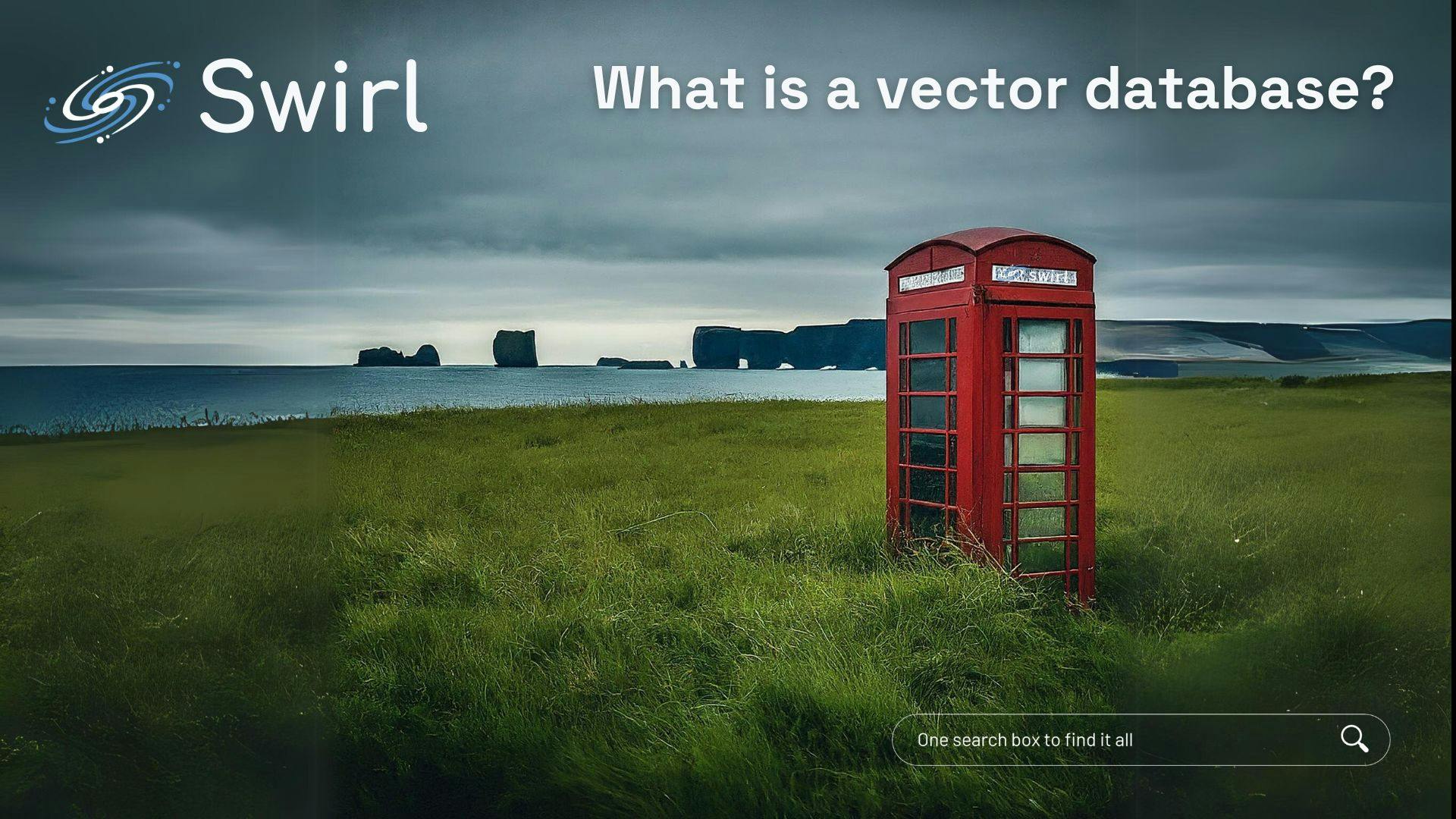What is a Vector Database?

Introduction
In today’s world, applications must understand complex data like text, images, and sounds. This is where traditional databases struggle. Vector databases step in, allowing you to analyze and find patterns within this complex data. They unlock incredible possibilities – think more innovative recommendation systems that know your tastes, more accurate image searches that find exactly what you need, and search engines that genuinely understand the meaning behind your words.
So, what exactly is a vector database?
Imagine turning each piece of data – a product description, a customer review, or a photograph – into a set of numbers. This numerical representation is called a “vector” or an “embedding.” It captures the essence of the original data. A vector database stores these numerical representations.
Its real power comes from comparing these vectors to find similar items, even if they don’t perfectly match word-for-word or pixel-for-pixel. This is how vector databases make those powerful, nuanced connections seem human.
What is a Vector?
At their core, vector databases operate on numerical data representations known as vectors or embeddings. Let’s understand vectors first:
- In Mathematics: A vector represents a quantity with both a magnitude (e.g., length) and direction.
- In Machine Learning: A vector is an array of numbers used to represent the key characteristics of a data point. These can be words, images, audio snippets, or other structured data types.
What are Embeddings?
Embeddings are the fundamental building blocks of vector databases. Here’s what you need to know:
- The Process: Embedding techniques take complex data objects (text, images, etc.) and convert them into dense, multi-dimensional vectors through machine learning models.
- The Purpose: Embeddings capture the original data’s essence, or semantic meaning, within these numerical representations.
Critical Types of Searches in Vector Databases
Vector databases specialize in the following similarity-based searches:
- Nearest Neighbor Search: Finding the items most similar to a given query within the database. For example, identifying visually similar images or products related to a user’s search term.
- Hybrid Search: Combining vector similarity search with traditional keyword or filter-based searches to refine results for greater precision.
- Semantic Search: Understanding queries’ underlying intent or meaning rather than relying on literal keyword matches. This offers improved results for contextual search requests.
How Does a Vector Database Work?
A vector database follows these general steps when storing data and performing searches:
- Embedding Generation: Original data objects are converted into dense numerical vectors (embeddings) using pre-trained machine learning models.
- Indexing: Vectors are organized in specialized index structures designed to compare and retrieve similar vectors quickly. Common choices include HNSW (Hierarchical Navigable Small World), IVF (Inverted File Index), or specialized hardware optimizations.
- Query Processing: When presented with a query, it is converted into a vector. Specialized algorithms and index structures in the vector database quickly compute similarity metrics (e.g., cosine similarity, Euclidean distance) to identify the nearest neighbors to this query vector.
- Result Ranking: Matching results are ranked according to how closely they resemble the query vector. The vector database returns these most relevant items to the user or application.
Pros of Vector Databases
Vector databases offer several decisive advantages:
- Handling Complex Data: Excel at managing nuanced data such as images, text descriptions, and even code repositories.
- Semantic Understanding: Facilitate more intelligent search based on underlying meaning and relationships across various data types.
- Scalability: Many modern vector databases offer cloud-based, horizontally scalable solutions ready to handle growing data volumes efficiently.
- Real-time Performance: Designed for low-latency retrieval, making them suitable for highly responsive applications.
Cons of Vector Databases
With numerous benefits come some points to be aware of:
- Computational Cost: Generating embeddings can be resource-intensive, especially with large datasets or when choosing computationally intensive models.
- Indexing Complexity: Vector index structures often have trade-offs related to memory usage, speed, and accuracy.
- Model Selection: Finding the most suitable embedding models for a specific task may require domain knowledge and thorough experimentation.
Conclusion
By transforming words, images, sound, and other data formats into meaningful numerical representations, vector databases usher in a new era of intelligent applications. They allow us to find similar items seamlessly, understand search queries with human-like nuance, and create recommendations that perfectly cater to individual preferences. And with Swirl, you can easily search vector databases without moving any data.
